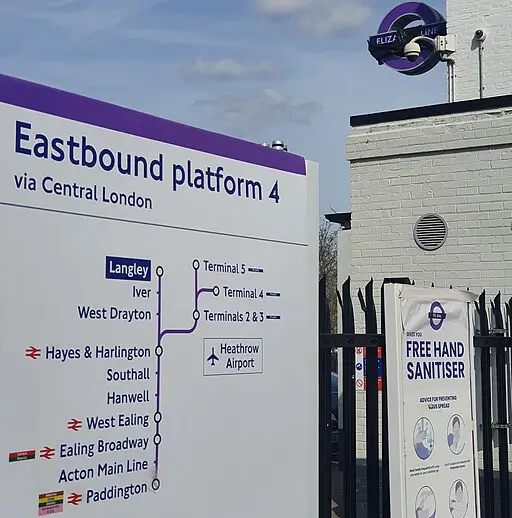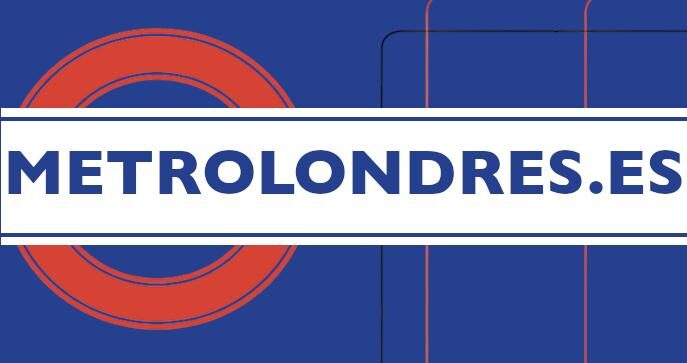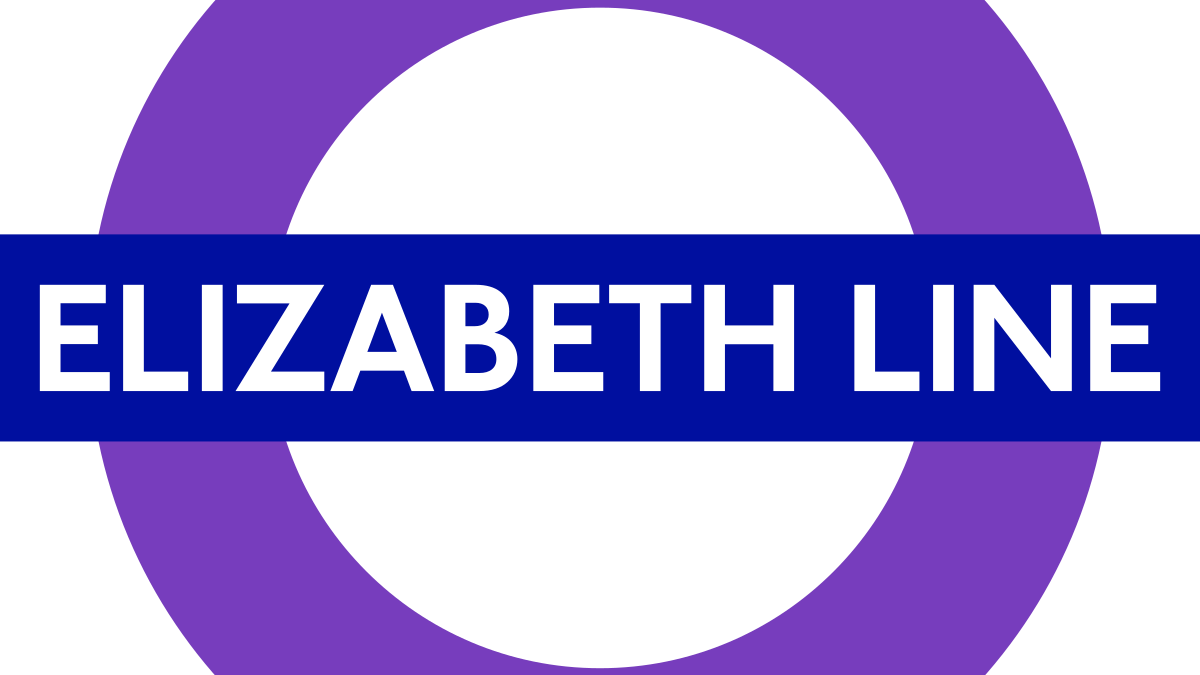The Elizabeth Line is one of the most recent and significant additions to London’s transport network, designed to enhance east-west connectivity and provide quick access to the heart of the city.
Below, you’ll find a comprehensive guide on schedules, prices, payment methods, stations, and all the relevant information that a tourist or resident in London needs to use this service efficiently.

Lines and Stations
The Elizabeth Line stretches from east to west across London and beyond, connecting peripheral areas with the city center. The line is divided into three main sections:
1. Western Section (Reading/Heathrow to Paddington):
- Connects Reading and Heathrow Airport to London, passing through stations such as Slough, West Drayton, Hayes & Harlington, and Heathrow Terminals 2, 3, 4, and 5.
- Main Stations: Reading, Twyford, Maidenhead, Slough, West Drayton, Heathrow Terminals 2 & 3, 4, 5, Ealing Broadway, Paddington.
2. Central Section (Paddington to Abbey Wood):
- This is the new, underground part of the line that crosses central London. This section is ideal for tourists looking to move quickly between major attractions.
- Main Stations: Paddington, Bond Street, Tottenham Court Road, Farringdon, Liverpool Street, Whitechapel, Canary Wharf, Custom House, Woolwich, Abbey Wood.
3. Eastern Section (Liverpool Street to Shenfield):
- Connects East London with the city center, passing through suburban areas to Shenfield.
- Main Stations: Liverpool Street, Stratford, Ilford, Romford, Brentwood, Shenfield.
Elizabeth Line Map

You can download it from here or check an updated version here.
Elizabeth Line Schedule
Operating Days and Train Frequency:
- Monday to Saturday: The Elizabeth Line operates approximately from 5:30 a.m. to 11:00 p.m., offering a high frequency of trains. During peak hours (from 6:30 to 9:30 a.m. and from 4:00 to 7:00 p.m.), trains run approximately every 5 minutes on the central stretch between Paddington and Abbey Wood.
- Sundays: The service starts later, around 7:30 a.m., and ends at 11:00 p.m.. The train frequency is lower compared to weekdays, with trains every 10 minutes on average.
Train Frequency:
- On the central stretch between Paddington and Whitechapel, trains are very frequent, especially during peak hours, with intervals of 5 minutes or less.
- On the outer sections of the line, such as from Paddington to Reading/Heathrow and from Liverpool Street to Shenfield, trains are less frequent, with intervals of about 10 minutes during peak hours and 15 to 30 minutes outside of these hours.

Prices and Fares
Fare Zones:
The Elizabeth Line uses London’s fare zone system, which is divided into several zones from Zone 1 (central London) to Zone 6 and beyond for peripheral areas. Fares vary depending on the number of zones you travel through.
Travel Prices:
- Journeys within Central London (Zones 1-2): A typical trip on the Elizabeth Line within these zones costs around £2.80 with an Oyster card or a contactless payment card during off-peak hours, and £3.50 during peak hours.
- Longer journeys (e.g., from Paddington to Heathrow or Reading): Fares vary considerably depending on the distance and time of day. A trip from Paddington to Heathrow can cost around £12.80 during off-peak hours and £13.50 during peak hours.
Discounts and Reduced Fares:
- Children under 11: Travel free when accompanied by an adult with a valid Oyster card or contactless payment card.
- Youths (11-15 years): Can get a 50% discount with a Zip Oyster card.
- Students and seniors: Can benefit from reduced fares using an Oyster card with the appropriate discount.
Payment Methods
Oyster Card and Contactless Payment:
- Oyster Card: This is a reusable transport card that can be loaded with credit and used to pay for travel on the Elizabeth Line, as well as on the rest of London’s public transport (tube, buses, DLR, London Overground, etc.). Oyster cards can be purchased and topped up at tube stations, local shops, and online.
- Contactless Payment Card: You can use your contactless debit or credit card to pay for trips on the Elizabeth Line. Fares are the same as with an Oyster card, and there is no need to buy a separate card. Simply tap your card on the readers at station entry and exit points.
- Apple Pay and Google Pay: These are also accepted under the same conditions as a contactless payment card.
Key Stations for Tourists
- Paddington: Connection to several tube lines and the Heathrow Express, with easy access to Hyde Park and the Paddington area.
- Bond Street: Ideal for shopping, close to Oxford Street and Regent Street.
- Tottenham Court Road: Convenient location for visiting the British Museum and the West End theatre district.
- Farringdon: Easy access to Smithfield Market and connections to Thameslink services to the north and south of London.
- Liverpool Street: Major transport hub, close to Spitalfields Market and Brick Lane.
- Canary Wharf: Modern financial center with shops, restaurants, and the Museum of London Docklands.
- Custom House: Access to ExCeL London, a major conference and exhibition center.
- Stratford: Connection to Queen Elizabeth Olympic Park and Westfield Stratford City.
Tips for Tourists
- Plan ahead: Use tools like the TfL journey planner or map apps to plan your trip and know the exact frequencies and schedules.
- Buy an Oyster card or use a contactless payment card: To get the best fares and make travel easier, get an Oyster card or use a contactless payment card.
- Explore beyond the center: The Elizabeth Line allows you to explore beyond central London. Consider a trip to Canary Wharf, Stratford, or even Reading to see different aspects of the region.
- Check last train times: Especially if you’re traveling late at night, make sure you know when the last train to your destination is.
- Accessibility: The Elizabeth Line is designed to be accessible for all, with elevators, escalators, and step-free access at all new stations. Ideal for those traveling with luggage or with reduced mobility.
Interesting Facts about the Elizabeth Line
- The Longest Line in London: Upon completion, the Elizabeth Line became the longest line in London’s transport system, with over 100 kilometers of total length from Reading and Heathrow in the west to Shenfield and Abbey Wood in the east.
- Impressive Stations: The new Elizabeth Line stations in central London, such as Tottenham Court Road, Farringdon, and Liverpool Street, stand out for their modern architecture and spacious platforms, designed in a futuristic style incorporating natural light and contemporary art.
- High Speed and Efficiency: The Elizabeth Line is designed to operate at higher speeds than conventional tube lines, reaching up to 90 mph (145 km/h) in some sections outside the central tunnel, significantly reducing travel times.
- Provisional Names: Before its official opening and designation as the Elizabeth Line, it was known as “Crossrail”, reflecting its original purpose of providing a fast and efficient connection between east and west London.
- Advanced Technology: The Elizabeth Line uses state-of-the-art Class 345 Aventra trains, featuring air conditioning, spacious passenger areas, advanced digital signaling, and platform screen doors to enhance safety.
- Significant Economic Impact: The Elizabeth Line is estimated to contribute over £42 billion to the UK economy, fostering economic development around its stations.
- Double-Level Station: The Canary Wharf station has two distinct levels: a lower level dedicated to transport and an upper level housing shops, restaurants, and a covered garden.
- Art and Culture Integrated: Many stations feature contemporary artworks designed specifically for each location, such as the mosaics at Tottenham Court Road.
- Quiet Operation: In residential areas, the line is designed to operate more quietly, important for the new residential developments surrounding some stations.
- Extensive Testing and Delayed Opening: The Elizabeth Line underwent an extensive series of tests before its 2022 opening, ensuring maximum safety and efficiency for passengers.
Nickname “Crossrail” and Official Name “Elizabeth Line”
Origin of the Name Crossrail:
- The name “Crossrail” derives from its purpose to connect east and west London with a high-capacity rail line that crosses the city. “Cross” and “rail” together describe the mission of the line.
- Crossrail was the name used during the planning, development, and construction phases of the project, and it remained in use for many years before an official name was decided.
Official Name “Elizabeth Line”:
- In 2016, it was officially announced that the new line would be called the Elizabeth Line, in honor of Queen Elizabeth II, to commemorate her reign and role in British public life.
- Using the queen’s name emphasizes the historical significance of the project and its substantial impact on the UK’s infrastructure.
- The name also follows the tradition of honoring the British royal family through transport infrastructure, similar to the “Jubilee Line”.
- With the new name, the line received a royal purple color scheme on maps and signage, adding a touch of elegance and modernity in line with its name.
Summary
The Elizabeth Line is an excellent option for tourists who want to move quickly and efficiently around London and its surroundings. With its modern trains, accessible stations, and convenient connections, it provides direct access to many of London’s main attractions, as well as the suburbs and Heathrow Airport. By making the most of this line, visitors can explore a broader range of what the city has to offer, from its vibrant center to its tranquil suburbs.

